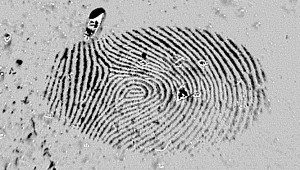
The Frye Standard is based on the judgement of court proceedings in the United States. Here the judge refused a polygraph as evidence. The rejection was based on a lack of significant, universal recognition in the scientific community.
In detail, the Frye Standard is used as the basis if a piece of evidence, that could be won on the basis of a specific procedure, should be allowed in court. For example, a new, little known, yet innovative method for the recovery and the securing of bodily fluids and its analysis would have difficulty to be admitted as evidence. The principle is based on one rule: The procedure, the principle or the technology must be sufficiently known and recognized by a sufficient number of experts.
The Frye Standard has now largely been replaced by the Daubert Standard, because there were critical comments about the difficulty of fulfilling the rule. Only a few researchers are working in the field of criminalistics and forensics so that it is difficult to achieve a general recognition with a sufficient number of professionals. In consequence, newly developed und researched methods are often rejected due to the lack of awareness and recognition.



